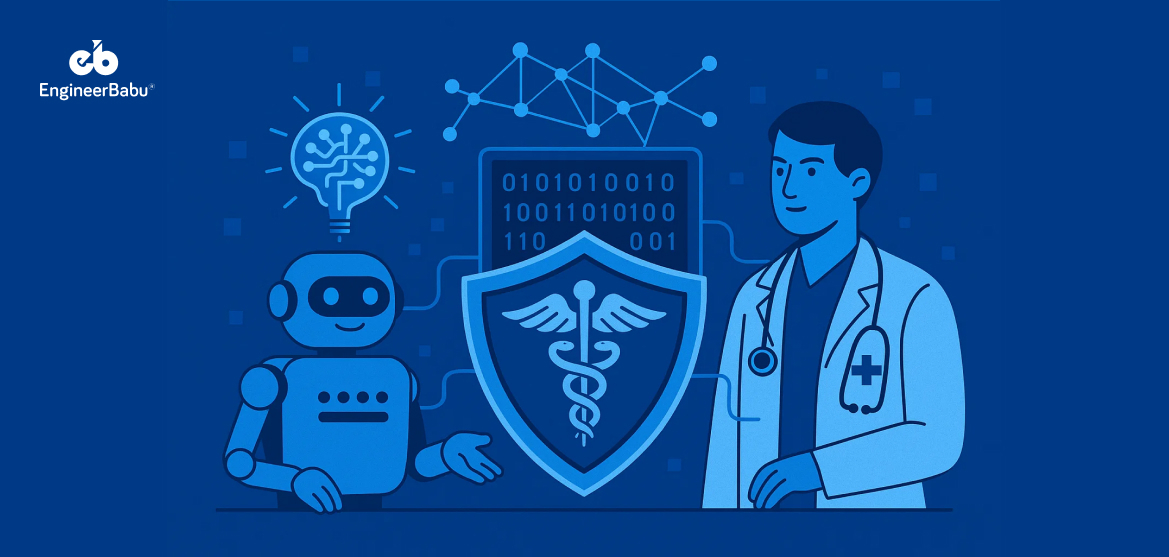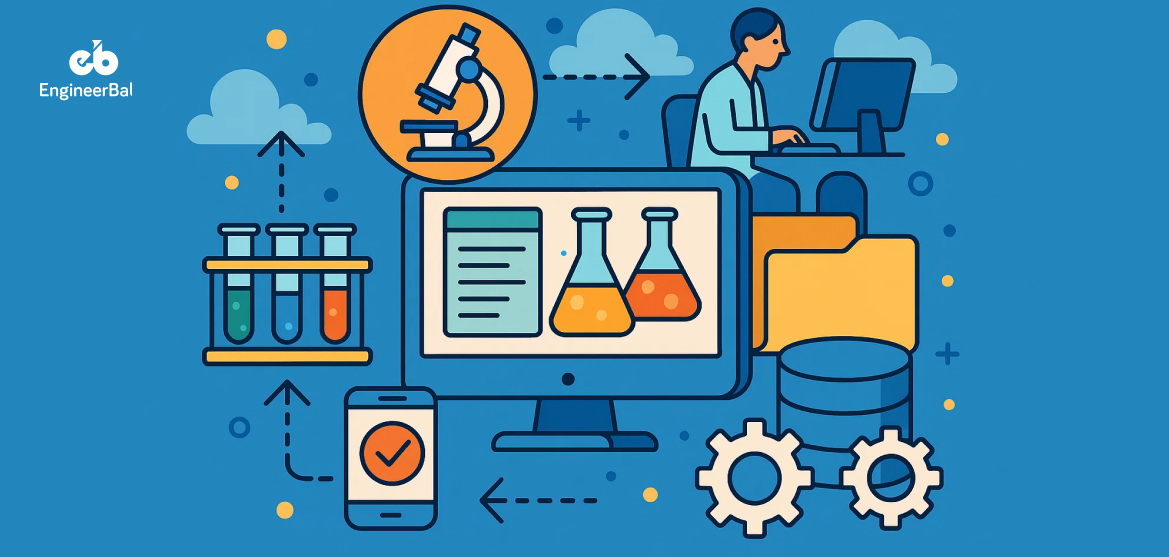Medication tracking software helps hospitals and clinics reduce medication errors, improve patient adherence, and lower operational costs. It records, schedules, and monitors medication intake automatically. It also reduces the need for manual checks, sends alerts for missed doses, and syncs data with electronic health records.
In the U.S., medication non-adherence leads to about 125,000 deaths each year and adds nearly $100 billion in avoidable healthcare costs. As patient volumes increase and regulations tighten, tracking medication usage accurately has become a core requirement—not an add-on.
If you’re working on a tech initiative aimed at safer and more efficient care delivery, this post breaks down exactly what you need to know.
6 Key Features of Medication Tracking Software
Medication Scheduling and Reminders
The software must allow users to schedule doses and send reminders through SMS, app notifications, or integrated hospital systems. For example, a system might send alerts to both a nurse’s dashboard and the patient’s mobile device to ensure doses aren’t missed during busy rounds.
Real-Time Monitoring and Alerts
It should track when a dose is taken or missed in real time. When a patient skips a scheduled dose, the system needs to trigger alerts for the care team. This helps prevent adverse events and supports quick intervention.
EHR Integration
The software must sync with Electronic Health Records (EHR) systems to pull prescription data and log medication history automatically. This removes manual data entry and ensures the entire care team has accurate, updated information.
Role-Based Access Control
Different users—nurses, doctors, pharmacists—need access to different data. The system should allow role-based permissions so that users only see and edit what they need. For example, a pharmacist might update dosage info, while a nurse can only mark doses as administered.
Audit Trails and Compliance Logs
Each action: dose logged, change made, reminder sent, should be recorded with a timestamp. This helps in meeting compliance requirements like HIPAA and provides an audit trail during clinical reviews or investigations.
Inventory Management Integration
The software should connect with pharmacy inventory systems to track stock levels. When a medication supply runs low, it should notify procurement automatically. This avoids last-minute shortages and ensures uninterrupted treatment.
Benefits of Medication Tracking Software
Fewer missed doses, fewer mistakes
Automated tracking takes guesswork out of the equation. When patients miss doses or take the wrong medication, it leads to setbacks, extra hospital visits, or worse. This software logs every dose and sends alerts when something’s off, reducing human error across the board.
Better patient outcomes
Medication adherence improves when there’s a system reminding patients and alerting providers. Whether it’s a nurse in a hospital or a caregiver at home, everyone stays on the same page. That translates to faster recoveries, fewer readmissions, and better long-term care.
More efficient clinical workflows
Manual logs and checklists take up time and are easy to miss. With digital tracking, nurses can confirm doses with a few taps, doctors can review history instantly, and pharmacists can manage stock without paperwork. This saves hours every week.
Data that actually helps
The software collects structured data on dosage, timing, missed meds, and patient response. When analyzed, this data helps providers spot trends, adjust treatments faster, and improve care protocols. It also supports value-based care models that reward better results, not just more services.
Helps stay compliant with less effort
Regulatory bodies like the Joint Commission and HIPAA require proper medication documentation. Built-in audit logs and access controls help meet these standards without adding manual steps. If there’s ever a review or inspection, everything’s already logged and traceable.
Cost savings add up
Medication errors cost healthcare systems billions every year. By catching mistakes early, reducing redundant tests, and preventing readmissions, this software helps control those costs. Plus, digitizing these processes means fewer staff hours spent on repetitive tasks.
Developing a Medication Tracking Software
Start with a clear use case
Medication tracking systems aren’t one-size-fits-all. A hospital ward will need different features than a home care provider or a pharmacy chain. Before development starts, define who will use the system, how it fits into daily routines, and what problems it’s solving.
Focus on patient safety from the beginning
Software that tracks medication must reduce errors, not add to them. That means alerts for wrong doses, reminders for missed meds, and checks to prevent double entries. Design decisions should always come back to: “Does this make care safer?”
Plan for system integration early
This kind of software doesn’t work in isolation. It needs to plug into existing EHR systems, pharmacy tools, and possibly hospital management platforms. Plan the architecture so these integrations aren’t bolted on later. That usually leads to delays and cost overruns.
Build around compliance
From day one, the system needs to meet HIPAA, GDPR, and any other local privacy laws. Encryption, audit logs, access control—these are not add-ons. They’re part of the foundation. Waiting until the end to “add security” is a common mistake.
Make the UI easy to use under pressure
Doctors and nurses don’t have time to hunt through menus or fix bugs on the spot. The interface should be clean, clear, and fast. Include feedback from clinical staff in your design process. What looks fine in a demo might not work during a 12-hour shift.
Think about scaling before you need it
Even if you’re starting with a single clinic or department, think ahead. Can the system handle more patients, more users, and more data without breaking? Cloud-based builds, modular architecture, and regular testing help make sure it grows with your needs.
Conclusion
Developing medication tracking software is not just about building a feature list. It’s about solving real problems: missed doses, delayed care, manual errors, and non-compliance. The six features outlined here—like real-time monitoring, EHR integration, and audit trails—exist because care teams need more than reminders. They need a system that fits into how healthcare actually runs.
The benefits aren’t theoretical. You reduce readmissions, save staff hours, avoid regulatory risks, and improve how fast decisions get made. But those results only happen when the software is built around clinical reality—not assumptions.
If you’re planning development, skip the fluff. Start with workflows, talk to your end users, prioritize integration, and build with compliance baked in. That’s how you get a system people actually use—and trust.
FAQs
1. How do you make sure the software meets HIPAA or GDPR requirements?
Build compliance into the system from day one. This includes secure user authentication, encryption for all stored and transmitted data, audit logs, and role-based access control. Don’t treat it like a checklist—make it part of the design.
2. Can the software work offline or during network outages?
Yes, but only if it’s designed that way. Offline access with sync-on-reconnect is essential in areas with unstable internet or during system maintenance. It’s a critical feature in hospital settings where delays can be dangerous.
3. What if we already have an EHR system?
The software should integrate with your existing EHR through APIs or standards like HL7 or FHIR. This avoids duplicate data entry and ensures everyone works with the same patient information.
4. How long does it usually take to develop a custom solution?
A basic version might take 3–5 months. If you’re building a hospital network or adding advanced features like predictive analytics or inventory tracking, it can take 6–12 months or more. Planning, testing, and integration all take time.
5. Who should be involved in the design process?
Include end users—like nurses, pharmacists, and clinical coordinators. They’ll spot usability issues and edge cases early. Technical teams, compliance officers, and procurement should also be in the loop from the start.



